NEWS at Quanex
See the latest news, posts and events from Quanex about our business, the industry, our people and more.
Ultimate Guide to Choosing the Right Patio Door Seal for Energy Efficiency
When it comes to enhancing energy efficiency in your home, one crucial yet often overlooked element is the patio door seal. According to the U.S. Department of Energy, air leaks in homes can account for 25% to 30% of heating and cooling costs, highlighting the critical role that effective sealing solutions play in optimizing energy performance. A high-quality patio door seal not only minimizes drafts but also contributes to maintaining a stable indoor temperature, which can lead to significant savings on energy bills. Research indicates that improving door seals can result in energy savings of up to 20%, making it an essential factor for homeowners looking to reduce their carbon footprint. In this ultimate guide, we will explore the various types of patio door seals available and provide expert insights on selecting the right option to maximize your home's energy efficiency.
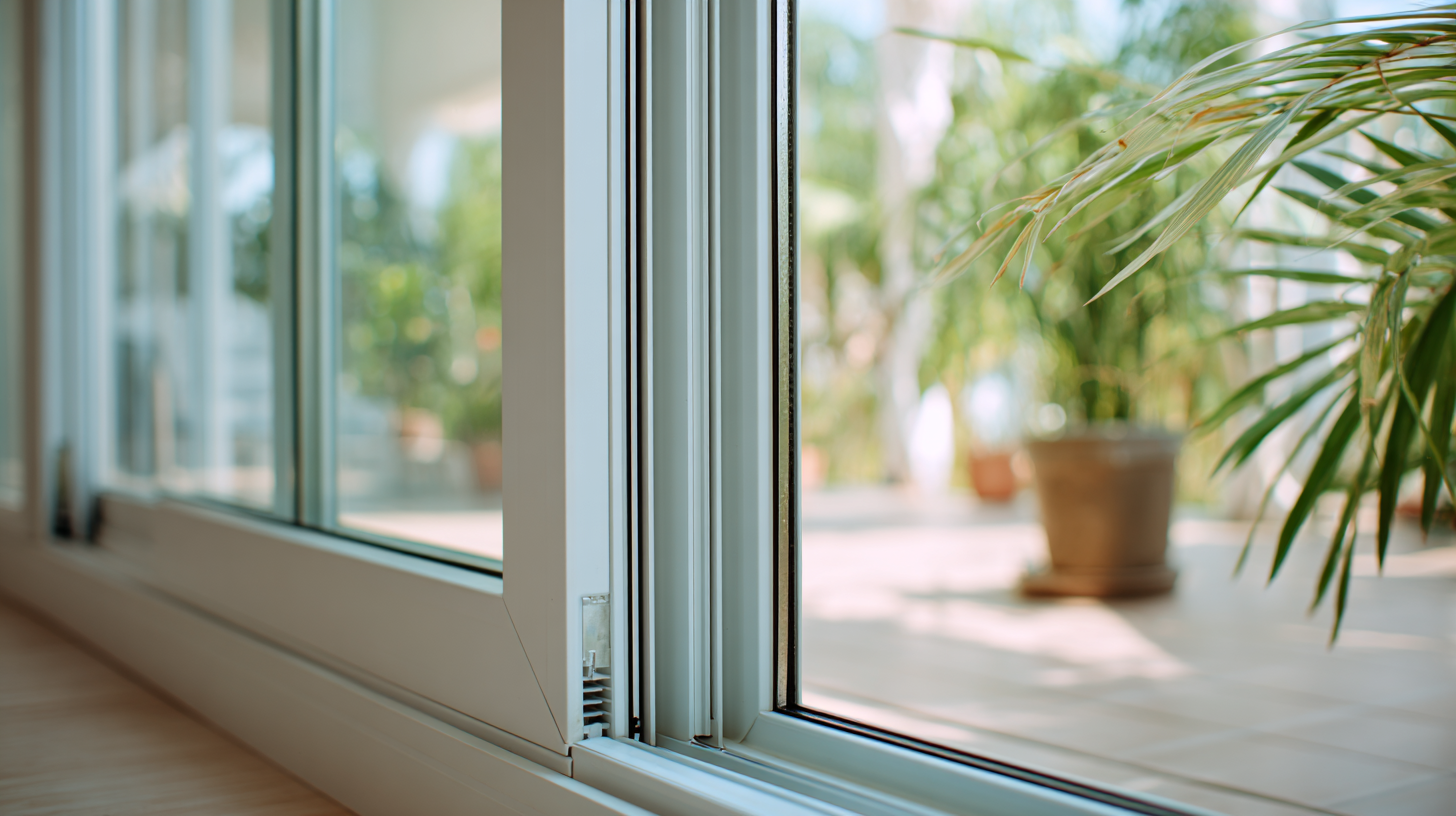
Identifying Different Types of Patio Door Seals for Optimal Energy Efficiency
When it comes to achieving optimal energy efficiency in your home, selecting the right patio door seal is crucial. There are several different types of seals designed to prevent air leaks and improve insulation. Compression seals, for instance, compress against the door frame when closed, creating a tight barrier that helps to maintain indoor temperatures. They are highly effective in reducing drafts and can be found in various materials, including rubber and vinyl, offering durability and flexibility.
Another popular option is the bulb seal, which features a rounded profile that compresses when the door is shut. This type of seal effectively fills gaps and provides a softer touch, making it ideal for doors that experience frequent use. Additionally, the frost-free seal is specifically designed to prevent frost buildup, which can be a significant issue in colder climates. By understanding these different types of patio door seals and their individual benefits, homeowners can make informed decisions that enhance energy efficiency while ensuring comfort year-round.
Assessing Climate Conditions to Choose the Best Seal Material
When selecting the best patio door seal for energy efficiency, it's crucial to assess your specific climate conditions. Different climates can significantly impact the performance of seal materials. For example, in areas with extreme temperatures, seals made from silicone or vinyl can provide superior durability and flexibility against thermal expansion and contraction. Conversely, in milder climates, a simple foam or rubber seal may suffice, offering adequate insulation without the added cost of more robust materials.
Tips: Consider conducting a local weather analysis to identify average temperature ranges and humidity levels. This information can guide your choice of seal material. Additionally, inspect your patio door's exposure to elements like wind and rain; if your door is frequently subjected to harsh weather, opt for materials that promise enhanced water resistance and longevity.
Lastly, evaluate the UV exposure in your area. Ultraviolet rays can degrade certain seal materials more rapidly, so selecting a seal that's UV-resistant can prolong its life and maintain energy efficiency. Don’t hesitate to consult with a local expert to ensure you make an informed choice tailored to your needs.
Key Features to Look for in an Energy-Efficient Patio Door Seal
When selecting a patio door seal for optimal energy efficiency, there are several key features to consider. First, the material of the seal plays a crucial role in its performance. According to the National Fenestration Rating Council (NFRC), seals made from high-quality silicone or neoprene provide superior insulation and flexibility. These materials can compress and expand, maintaining an airtight fit and reducing drafts, which is essential for energy conservation in homes.
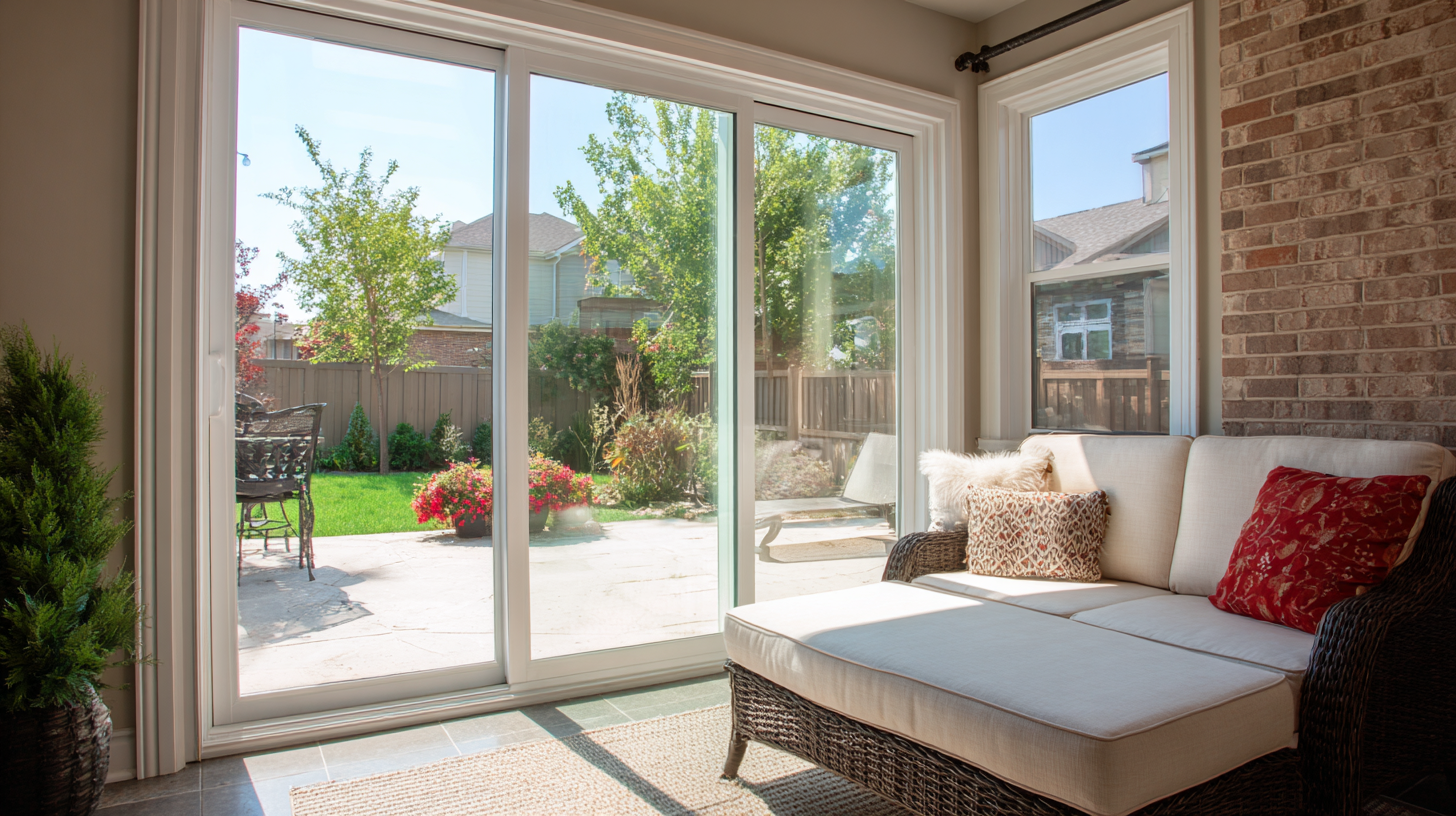
Another important aspect is the design of the seal. Multi-chamber designs have been reported by the Energy Efficiency Program of the U.S. Department of Energy to improve thermal resistance significantly. These seals trap air, acting as a buffer against outdoor temperatures, which can lead to less energy needed for heating and cooling. Additionally, look for seals that feature dual-material construction for enhanced durability and effectiveness; this approach can extend the lifespan of the seal by as much as 30%, according to a recent report by the American Architectural Manufacturers Association (AAMA). Ensuring your patio door is equipped with the right seal not only helps in reducing energy costs but also contributes to a more comfortable living environment.
Step-by-Step Guide to Proper Installation of Patio Door Seals
When it comes to maintaining energy efficiency in your home, the installation of proper patio door seals plays a critical role. According to the U.S. Department of Energy, sealing gaps in doors and windows can reduce energy loss by up to 30%. This is particularly crucial in small blocks of residential properties where space is limited, and every ounce of energy efficiency counts. Ensuring that your patio door seals are tight not only helps in maintaining a comfortable indoor temperature but also minimizes your utility bills.
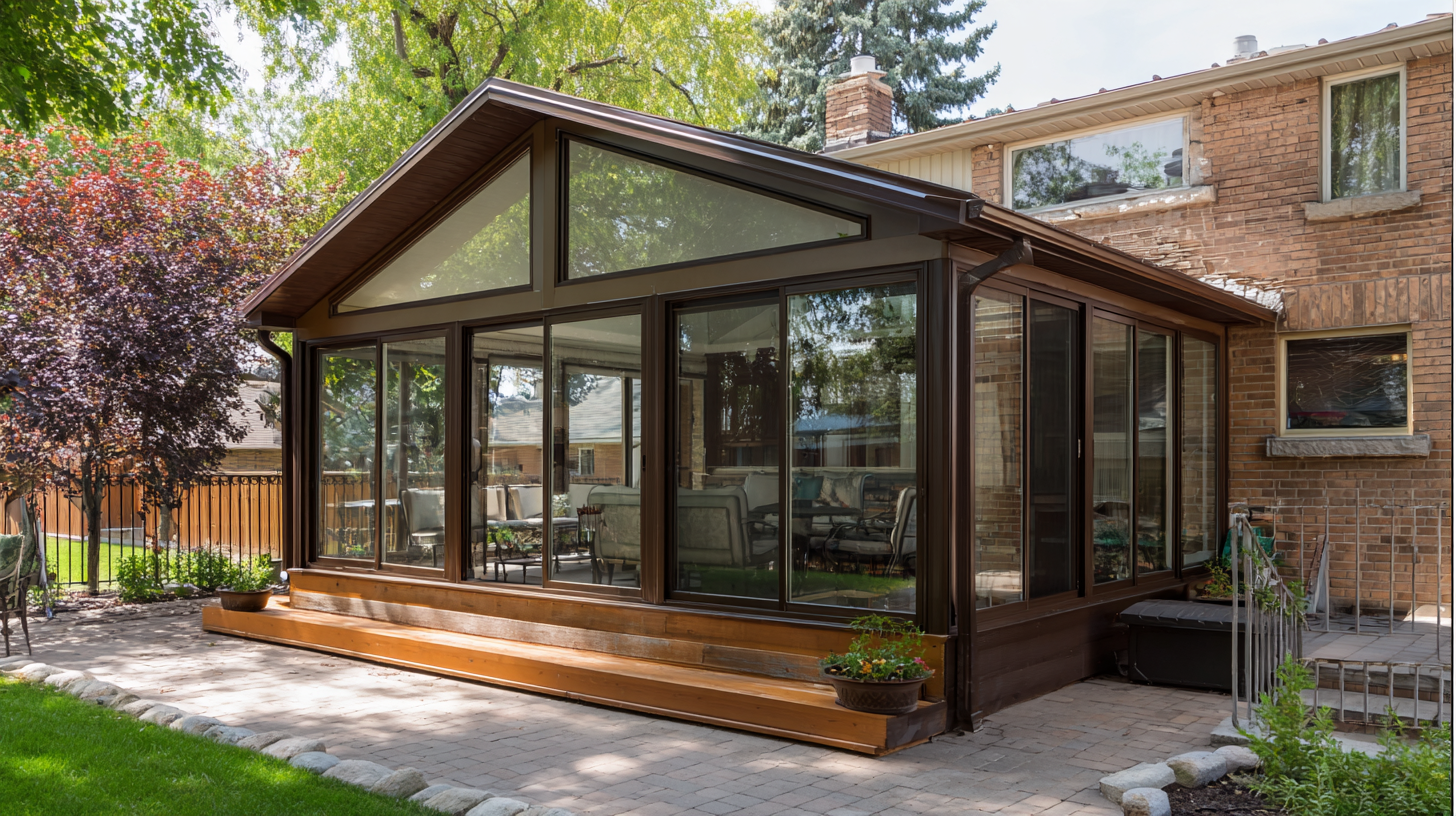
To achieve optimal results, follow a step-by-step installation guide for patio door seals. Start by removing any old seals and cleaning the surface to ensure a smooth application. Measure the door frame accurately and cut the new seals to size. It's important to select high-quality materials, as lower-grade options may not provide the durability needed for effective insulation. Once the seals are in place, conduct a thorough inspection to ensure there are no gaps left unsealed. Regular maintenance and re-evaluation of the seals, at least once a year, will help keep your home energy-efficient and secure from external elements.
Maintenance Tips to Ensure Longevity and Performance of Door Seals
To ensure the longevity and performance of patio door seals, regular maintenance is essential. Start by inspecting the seals for any signs of wear, such as cracks, gaps, or discoloration. These issues can compromise energy efficiency and lead to drafts, so addressing them promptly is crucial. Use a soft, damp cloth to clean the seals, removing dirt and debris that can accumulate over time. This simple step helps prevent deterioration and ensures that the seal remains effective.
Additionally, consider applying a silicone-based lubricant to the seals periodically, which can enhance their flexibility and resilience. This is especially important in regions where temperature fluctuations can lead to expansion and contraction of materials. Furthermore, check for proper alignment of the door to ensure that the seals make uniform contact when closed. Adjusting hinges or latch mechanisms can help achieve this alignment, further extending the seal’s life and maintaining energy efficiency in your home. By following these maintenance tips, you can enjoy a well-functioning patio door that contributes to your overall energy savings.
Energy Efficiency Ratings of Different Patio Door Seals
This chart displays the energy efficiency ratings for various types of patio door seals. A higher rating indicates better insulation and energy savings, making it crucial to choose the right seal for optimum performance.
Related Posts
-

Emerging Trends in Commercial Glass Industry Spotlighted at 2025 China Import and Export Fair
-

Why Choosing the Right Window Systems Can Transform Your Home’s Energy Efficiency
-

Unlocking Opportunities for Screen Door Frame Innovations at the 2025 China Import and Export Fair
-
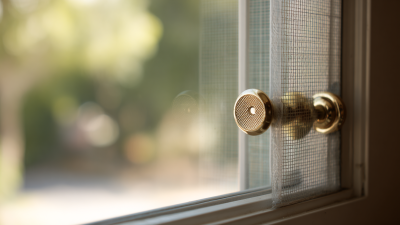
The Ultimate Guide to Choosing the Best Window Screen Hardware for Your Home
-

7 Essential Tips for Choosing the Perfect Patio Glass Doors for Your Home
-
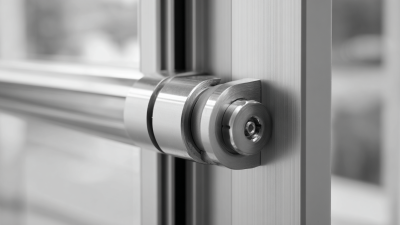
How to Enhance Energy Efficiency with Sliding Door Seals
